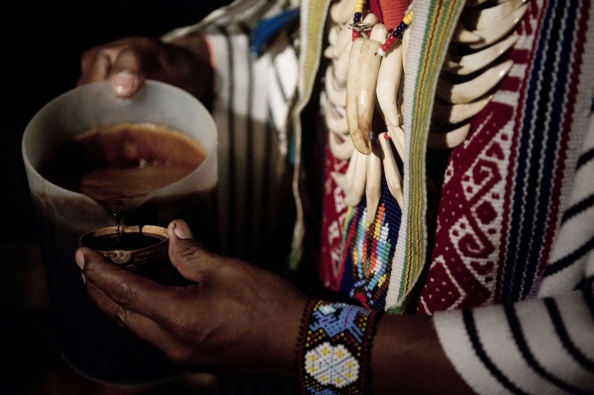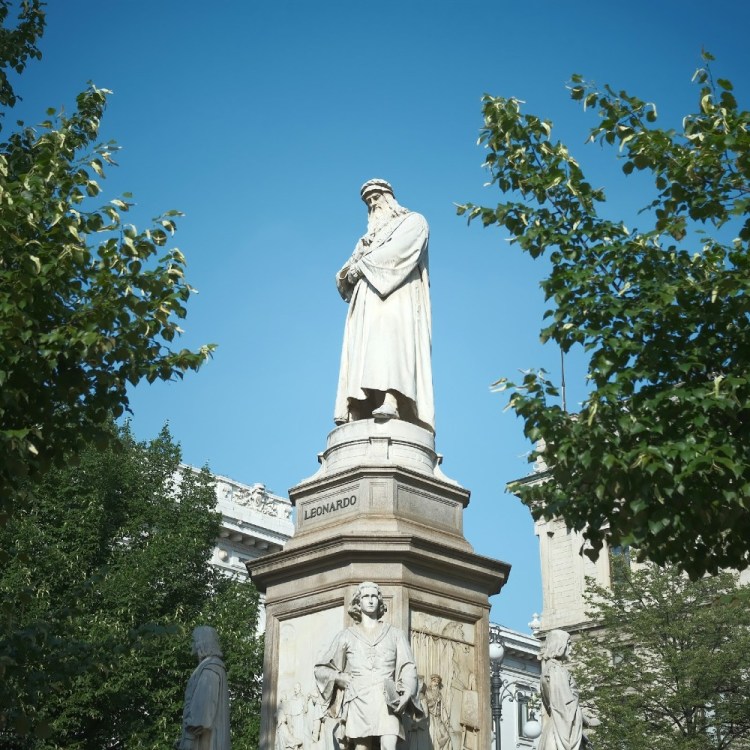Editor’s Note: RealClearLife, a news and lifestyle publisher, is now a part of InsideHook. Together, we’ll be covering current events, pop culture, sports, travel, health and the world.
Ayahuasca may be having a moment right now, but this ancient ritual is far from new.
A recent discovery in modern-day southwestern Bolivia suggests evidence that ayahuasca use could go at least as far back as a thousand years, National Geographic reported.
Researchers unearthed the evidence during an archaeological dig in 2010, when anthropologist Jose Capriles discovered a small pouch made of fox snouts containing hallucinogenic materials. Capriles, whose paper on the discovery appeared in the journal PNAS on Tuesday, claimed the pouch likely belonged to a Shaman around a thousand years ago.
Chemical testing revealed traces of a number of psychoactive substances, including bufotenine, benzoylecgonine (BZE) and cocaine (which researches assume was likely from coca leaf), dimethyltryptamine (DMT), harmine, and possibly psilocin, a chemical component of psychedelic mushrooms.
As National Geographic noted, not all of these plants are native to Bolivia, leading researchers to suggest the pouch’s owner was likely either well-traveled or had connections to a wide trade network. “This person was moving very large distances or had access to people who were,” said Capriles.
The discovery helps to date the contested age of ayahuasca. Radiocarbon testing of the bag containing the traces of hallucinogenic substances dated the materials to around 900 – 1170 AD. While the discovery is the earliest known evidence of possible ayahuasca use, National Geographic noted there is no way to prove ayahuasca was brewed or administered from the materials found in the pouch.
“People have been arguing that [ayahuasca] was mostly a recent thing,” Scott Fitzpatrick, an archaeologist at the University of Oregon, told National Geographic. “The ayahuasca ritual has a deep time perspective now.”
Today, ayahuasca has gained renewed popularity in the United States, where shamans offer ceremonies for those interested in both the drug’s psychedelic effects as well as its potential psychiatric benefits.
Thanks for reading InsideHook. Sign up for our daily newsletter and be in the know.



















